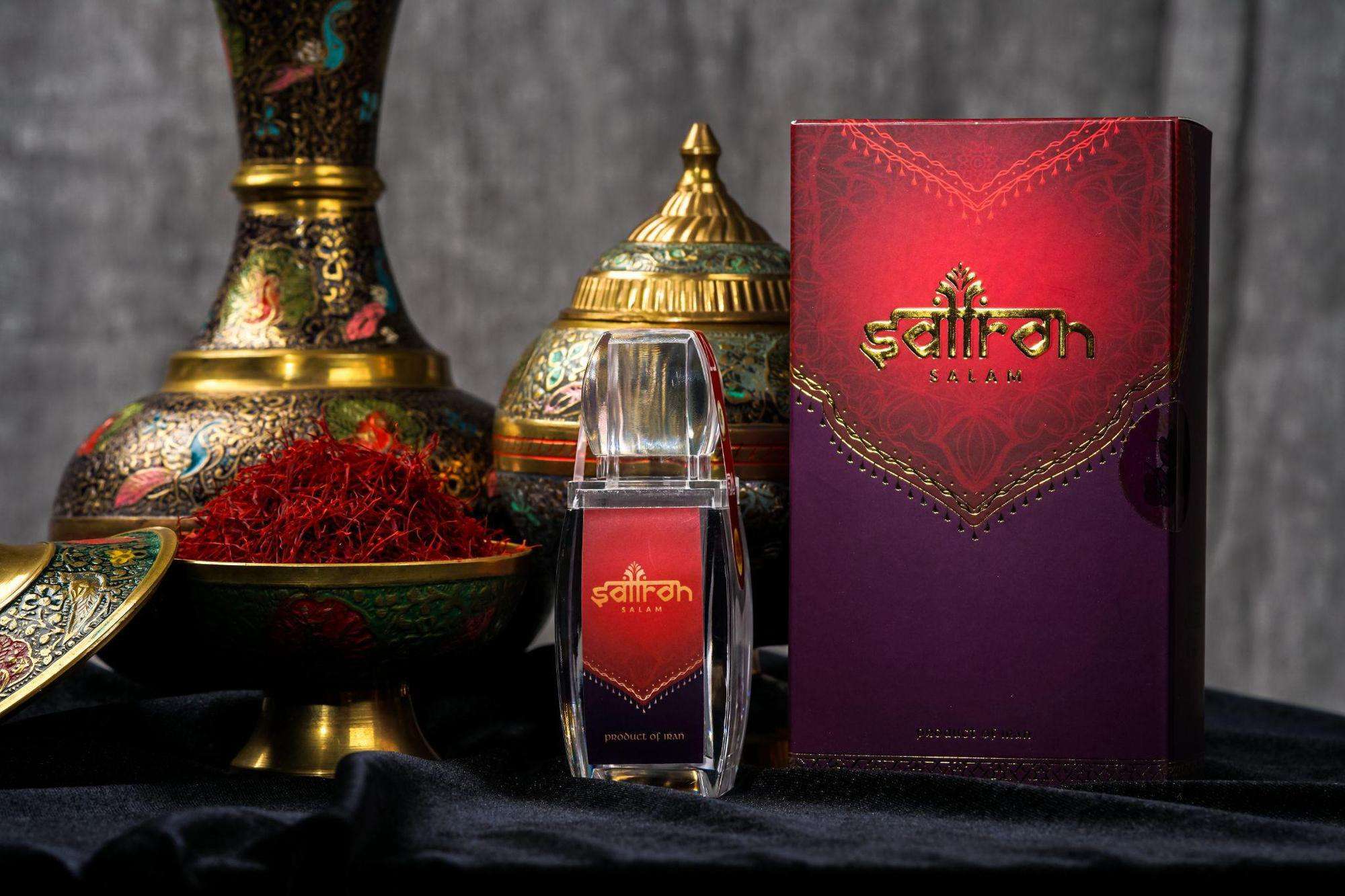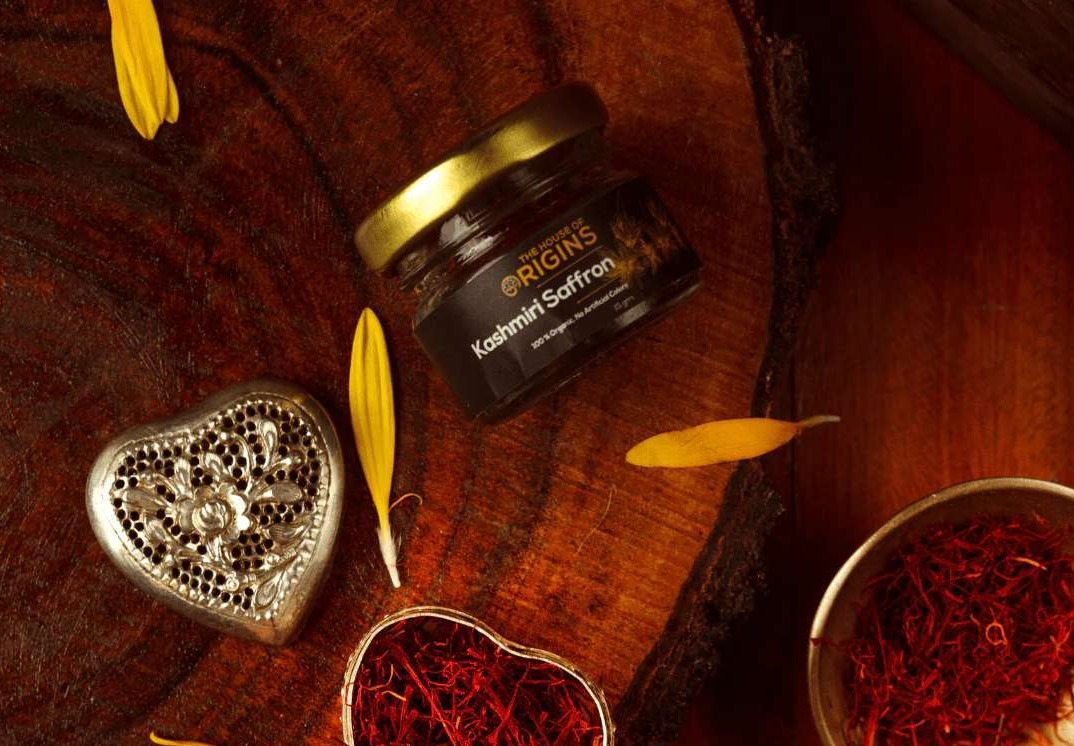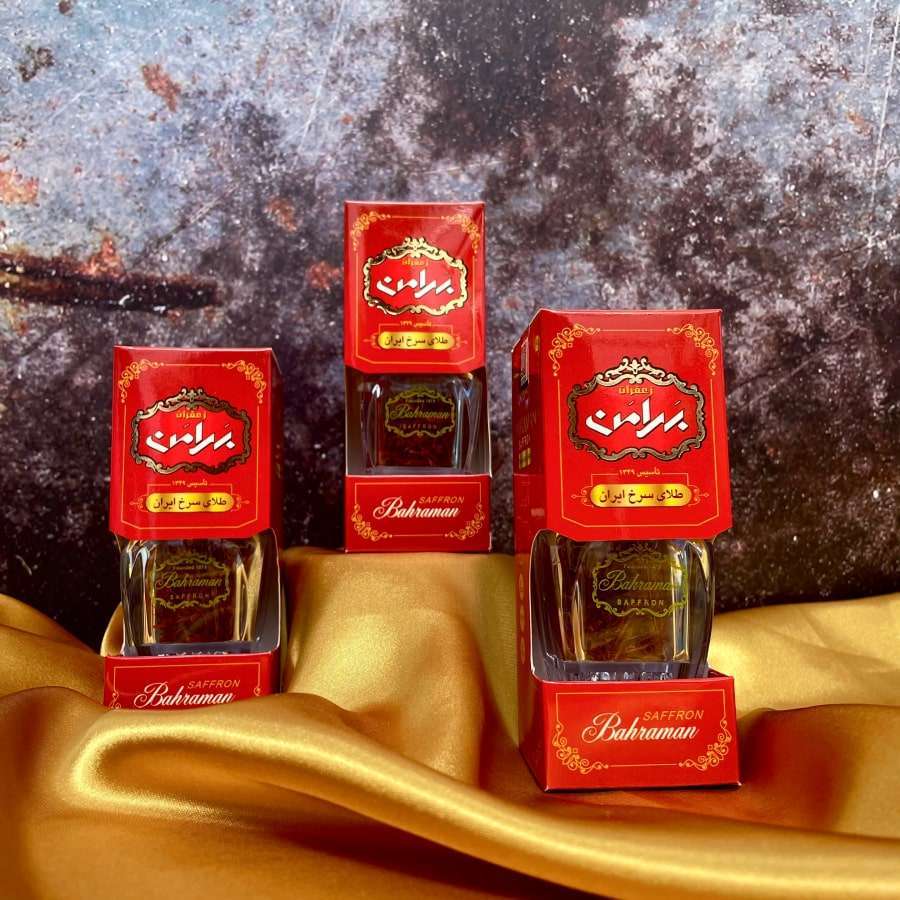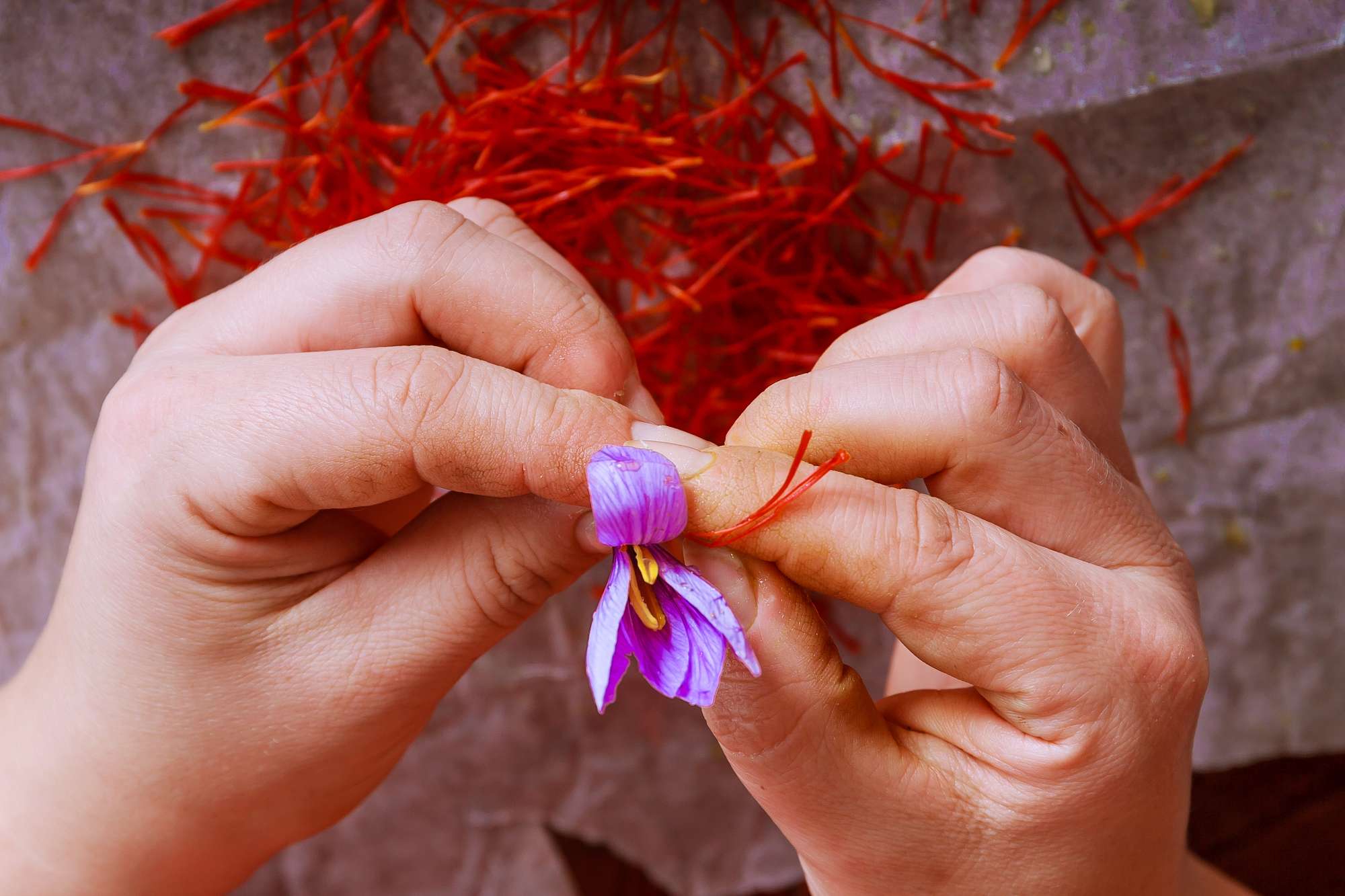Comparing Turmeric and Saffron
Comparing Turmeric and Saffron
Both herbs have been used for thousands of years for medicinal and culinary purposes. What do they have in common? Or, what are the differences? Can they be used interchangeably? Let’s take a look.
These two herbs have been used traditionally in Indian and Middle Eastern recipes as well as for medicinal purposes in some cultures over a long span of time. And they are quite similar. The name turmeric actually derives from a Persian word meaning saffron; the spice is also sometimes referred to as “golden saffron.”
SO, WHAT IS THE DIFFERENCE BETWEEN THEM?
1. While both turmeric and saffron are perennial plants, they belong to different families
- Turmeric is a perennial plant that comes from the Zingiberaceae family, which also includes ginger and cardamom.
- Saffron is a perennial flowering plant belonging to the Crocus genus, which is part of the Iridaceae family.
2. The appearance
- Turmeric is a root-based spice.
- Saffron is a flower-based spice.
3. The color and flavor
- Turmeric has a standout deep golden color and an earthy and pleasantly bitter taste. Due to its color, turmeric can also serve as an excellent coloring agent.
- Saffron: has a very distinct crimson red color, and its flavor is comparable to florals and honey.
In fact, most people agree that saffron has a floral taste, and a flavor profile that is earthy, which is similar to turmeric.
HEALTHY BENEFITS OF TURMERIC
It has an active ingredient known as curcumin; this chemical contains antioxidants and known anti-inflammatory agents.
Due to these features, turmeric is one of the most heavily studied herbs today—more than 6,000 different scientific studies have been done, most of them uncovering new and exciting evidence for its use as a natural remedy. Here are some studies and their findings. Of course, it’s always a good idea to consult your doctor for medical advice about these issues, too.
Turmeric, and curcumin, have been studied to assess their impact on the development of Alzheimer’s disease. Studies like this one have found that the use of turmeric introduces numerous naturally-occurring compounds that can block the creation of beta-amyloid, a substance that can form plaque in the brain and obstruct cerebral function.
Another study looks at turmeric’s relationship to the development of cancer. Specifically researchers have honed in on the antioxidant mechanisms found in curcumin that can block free radicals and help reduce the development and proliferation of cancer cells.
One of the biggest area of concentration is on turmeric’s connection to inflammation. Some studies have found that by using turmeric, symptoms can be lessened and inflammation-related conditions, including arthritis, can be eased.
Digestive issues seem to be another target area for turmeric. Scientists have seen a reduction in symptoms related to indigestion, ulcerative colitis, stomach ulcers, and more. Since curcumin can stimulate the gallbladder’s production of bile, many theorize this is partially why it helps.
HEALTHY BENEFITS OF SAFFRON
Like turmeric, saffron has also been researched quite a bit, focusing on the active ingredients known as safranal and crocin. Each has antioxidants and some level of vitamins. Here’s some recent studies and their findings:
- Crocin has been found to have a link to cancer development. Some research shows that this substance could potentially lower the risk of developing certain types of cancers.
- Detoxification may be another benefit. Another study found that the use of saffron helped detoxify the body and removed traces of heavy metals (aluminum in particular). Detoxing removes chemicals and other toxins that have built up in the body.
- There is also seems to be a relationship between saffron and respiratory function. Some evidence suggests that using saffron could help loosen phlegm and clear airways, making it easier for those with asthma, pertussis, and persistent cough to breathe easier.
A FINAL THOUGHT ON TURMERIC AND SAFFRON
Choosing between turmeric and saffron may come down to the cooking applications and affordability factors. Turmeric is often seen as the most affordable option between the two, but also can be more limited in the kitchen whereas saffron can be a bit more versatile given its sweet and savory notes.
When it comes to possible health benefits, turmeric has been studied in far greater capacity but saffron also has antioxidants that can be impactful. It’s ideal to have both available in your kitchen for anytime inspiration hits.
Compiled and written by Crocus Media
Products

Negin Saffron Mashhad
Saffron Negin Salam is grown in the high mountains of the Mashhad region, where the air is fresh. Saffron is watered with dew, due to resistant to the dry wind blowing in the summer, so the surviving plants have the most intense vitality.

Negin Saffron Kashmiri
Negin Saffron from The House of Origins is legally sourced with high quality. There are a plethora of famous saffron raw material areas, but the Kashmiri pistil from India has a better quality because the climatic and soil conditions are more suitable for them. Each Kashmiri saffron has 3 delicate branches of saffron that are skillfully hand-picked by the local Lethapora farmer community to bring you the original and pure 'red gold'.

Negin Saffron Iran
Negin Saffron Bahraman is a dried saffron pistil produced by Bahraman Saffron Iran company. Saffron Bahraman is known as one of the most valuable and expensive herbs in the Middle East. Bahraman products are the output of a growing, cultivating and harvesting process that uses a limited amount of fertilizer. Therefore, bahraman saffron still ensures high quality, retains aroma and high nutritional content to ensure safety for users.

